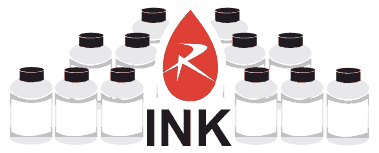What Ink is Best for Flexible Packaging Printing?
In general, the Linx inks can print with ease on flexible packaging with an inkjet coding machine. Variety of inks and fluids depending on the material and application requirements. Here are some popular ink types:
Know more about our Inks – Here
- Solvent-based Inks:
CIJ printers and some TIJ printers commonly use solvent-based inks. These inks contain pigments or dyes dissolved in a solvent that evaporates quickly. Indeed, leaving behind durable and high-quality inkjet printing on flexible packaging materials. Solvent-based inks offer good adhesion, quick drying times, and resistance to chemicals and abrasion. - Water-based Inks:
Water-based inks are suitable for use with some TIJ printers and flexographic printing systems. These inks contain pigments or dyes suspended in a water-based solution, making them more environmentally friendly than solvent-based inks. Water-based inks work well on porous substrates, such as paper and uncoated flexible inkjet packaging materials. But may not adhere well to non-porous materials without surface treatment. - UV-curable Inks:
UV-LED inkjet printers use UV-curable inks and offer excellent adhesion, durability, and resistance to chemicals and abrasion. These inks contain photoinitiators that cure instantly when exposed to UV light. Additionally, creating high-quality inkjet coding on various flexible packaging materials, including plastic films and laminates. - Hot-melt Inks:
Thermal transfer over printers (TTO) uses hot-melt inks, also known as solid inks. Also, some drop-on-demand (DOD) inkjet printers use hot melt inks. These inks come in solid form, and the print head melts the ink during the printing. As a result, transferring it from a ribbon onto the flexible packaging material. Hot-melt inks offer good adhesion and durability, making them suitable for printing on thin films and labels.
When selecting the best ink for inkjet coder for printing flexible packaging printing, consider factors such as the printer type, packaging material, production speed, required print quality and durability, and environmental considerations. Each ink type has advantages and limitations, so choose the one that best fits your coding and marking requirements.

